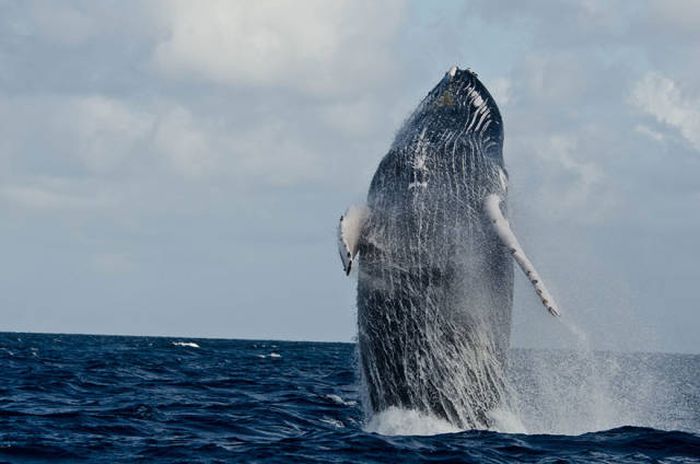|
|
Whale Cetaceans
|
Whale lifespans vary among species and are not well characterized. Whaling left few older individuals to observe directly. R.M. Nowak of Johns Hopkins University estimated that humpback whales may live as long as 77 years. In 2007, a 19th century lance fragment was found in a bowhead whale off Alaska, suggesting the individual could be between 115 and 130 years old. Aspartic acid racemization in the whale eye, combined with a harpoon fragment, indicated an age of 211 years for another male, which, if true would make bowheads the longest-lived extant mammal species. The accuracy of this technique has been questioned because racemization did not correlate well with other dating methods.
• Vocalization
Some species, such as the humpback whale, communicate using melodic sounds, known as whale song. These sounds can be extremely loud, depending on the species. Sperm whales have only been heard making clicks, while toothed whales (Odontoceti) use echolocation that can generate about 20,000 watts of sound (+73 dBm or +43 dBw) and be heard for many miles. Whale vocalization is likely to serve many purposes, including echolocation, mating, and identification.
|
|









